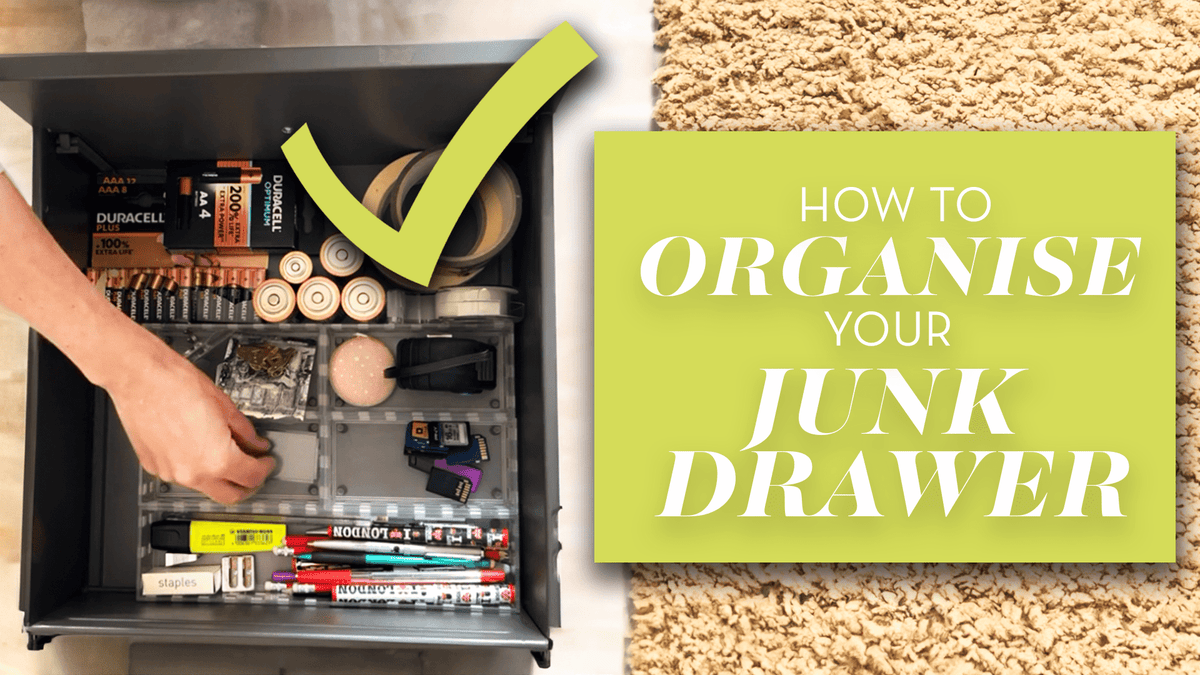1. Find the right workout
Exercise makes for stronger bones, but that’s not just any old exercise – you need to combine weight-bearing exercises that make you move against gravity, with resistance exercises that involve lifting weights or your body weight to strengthen muscles.
Weight-bearing activities like brisk walking, dancing, step aerobics, stair climbing and tennis all put stress on your bones, which is what you need to do to strengthen them. Cycling and swimming don’t protect bones, however, as they aren’t weight bearing. ‘Bones react to loading and stress – that’s what they need to stimulate bone remodelling – a lifelong process where mature bone tissue is removed and new bone is formed,’ explains physiotherapist Dr Morag Thow, who researches the impact of exercise.
2. Resistance exercise
Lifting weights, using stretch bands, or the weight of your own body (as you do in push-ups) are also beneficial, as they apply stress to the bones.
RELATED: THE ULTIMATE GUIDE TO HEALTHY BONES
3. Mix it up
For the best bone workout, alternate high and low intensity exercise and change direction. Research suggests that so-called ‘odd impacts’, when you move in a direction other than straight ahead at a steady pace, may give the most benefit.
4. For maximum impact
When walking...
Walk briskly for 20 paces, then more slowly for 20 paces. Add in marching on the spot, stepping from side to side and walking round in a circle.
When jogging...
When jogging or running, break it up: change direction, jog in a circle, run on the spot moving from one foot to the other, stop next to a bench and do some step ups, do some squats.
When dancing...
Put on your dancing shoes. Ballet, tap, line dancing, Irish or Scottish dancing may be the perfect bone protectors, as they involve transferring your weight between your feet, different combinations of loading and changing direction, and also help your balance and co-ordination.
Exercise regularly and keep it up, as the benefits only last as long as you keep doing it. Aim for at least 30 minutes of weight-bearing exercise every day of the week.
RELATED: WHAT THE COLOUR OF YOUR NAILS SAYS ABOUT YOUR HEALTH
BONE EXERCISE GUIDE
Although all bones can be affected by osteoporosis, it’s your hips, wrist and spine that are most vulnerable to fracture and will benefit most from strengthening exercises. Do these exercises two to three times a week and build up to two sets of 10 repetitions. You shouldn’t feel any discomfort – if you do feel pain, stop immediately.
Your spine...
Lie on your tummy with your face down and your arms by your sides. Draw your shoulders back and together and lift your head and chest, with your face still towards the floor and your hips, legs and feet in contact with the floor. Hold for five seconds, rest for a few seconds and repeat.
If this feels too difficult at first, bend your elbows and rest your forearms on the floor, with your palms face-down near your shoulders and in line with your elbows. Keeping the back of your neck straight, gently press your back, shoulders and neck upwards a few inches [continued from previous page] towards the ceiling by pushing down on your forearms and hands. Keep your forehead facing down and your hips, legs and feet in contact with the floor.
For the next exercise, lie on your tummy on the floor with your head resting on crossed arms. Keep your legs straight, tighten your buttock muscles and slowly raise one leg a few inches off the floor, keeping it as straight as you can. Hold, then lower slowly down, keeping both hips in contact with the floor. Relax for 10 seconds, then repeat with the other leg. Build up to two sets of 10 repetitions of each exercise.
If you have osteoporosis, don’t flex or bend your spine forwards – too much forward movement can put pressure on the spine and, if the bones are fragile, could cause a compression fracture.
Your hips...
Stand at right angles to the back of a chair with your left hand holding on to the back. Put your right hand at the top of your pelvis and raise your right leg out to the side. Make sure that the toes point forward and your pelvis (and hand) don’t rise. Lower the leg and repeat 10 times. Change sides and repeat with the other leg. Wearing an ankle weight will help strengthen the muscle even more.
Next, lie on your back with your knees bent, your feet hip-width apart and flat on the floor. Slowly raise your abdomen off the ground, keeping your feet firmly planted, hold for a few seconds and slowly lower down. Repeat 10 times. You can increase the load on your hips by resting a weight on each side.
RELATED: HOW TO STRENGTHEN YOUR PELVIC FLOOR
Your wrists and arms...
Grab a couple of tins from your kitchen cupboard or use hand weights. With your arms bent at right angles at the elbows and your palms facing upwards, curl the cans up towards you and then back down using only your wrists. Repeat 10 times. Turn your palms to face the floor and repeat the exercise 10 times.
Next, stand facing a wall, about 50cm away with your feet slightly apart, your arms bent at the elbows and your hands at shoulder height, palms to the wall. Lean your body forwards towards the wall, bending your elbows in a continuous movement. Push your body back to the start position. Repeat 10 times.
Find more exercises by downloading the National Osteoporosis Society’s free booklet.
Like this? Subscribe to the Good Houskeeping newsletter.













